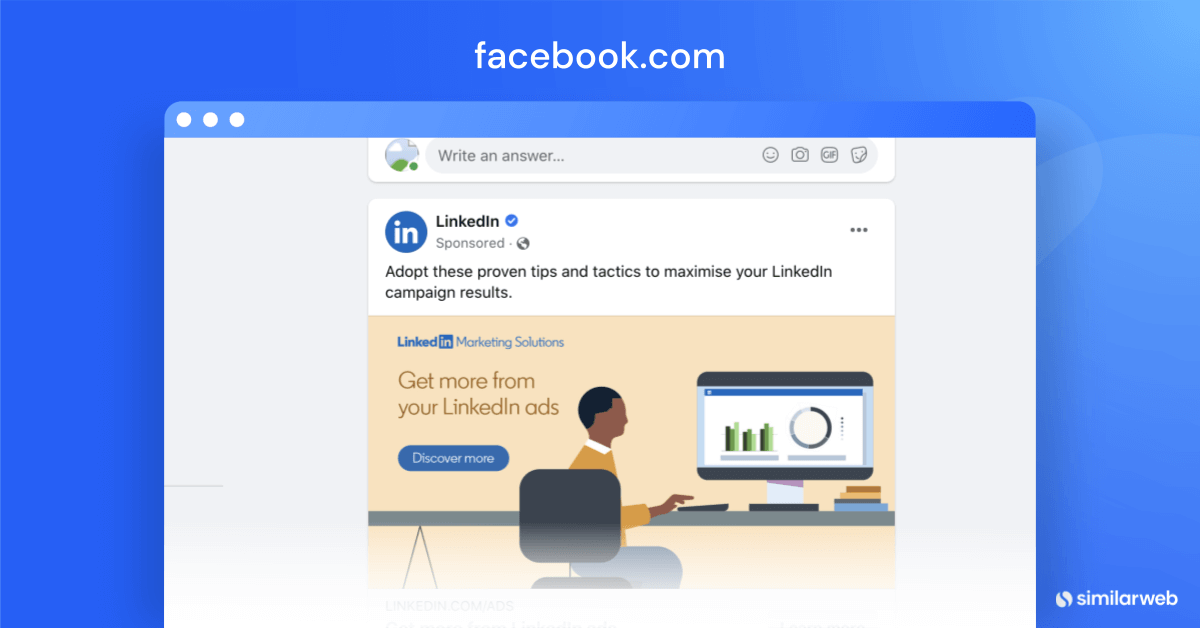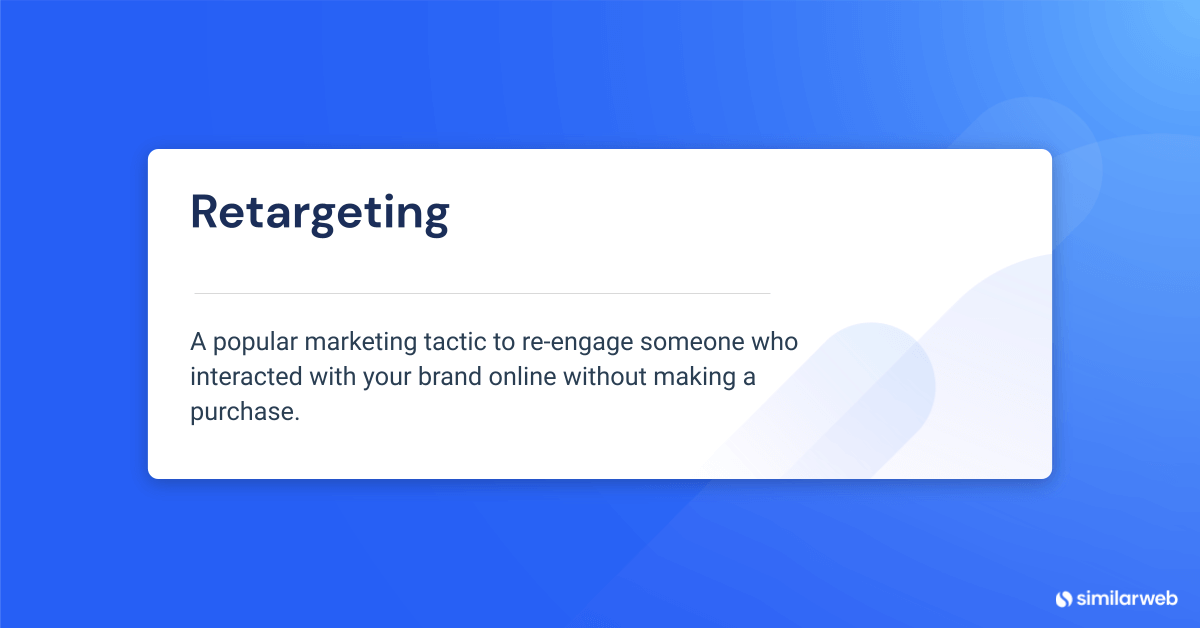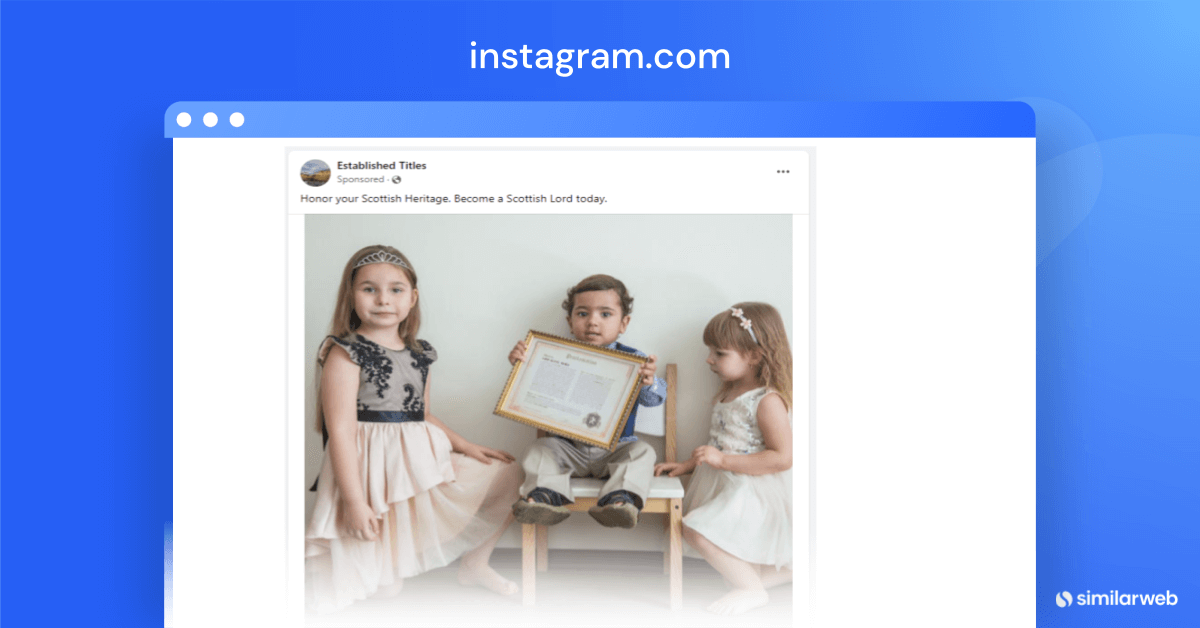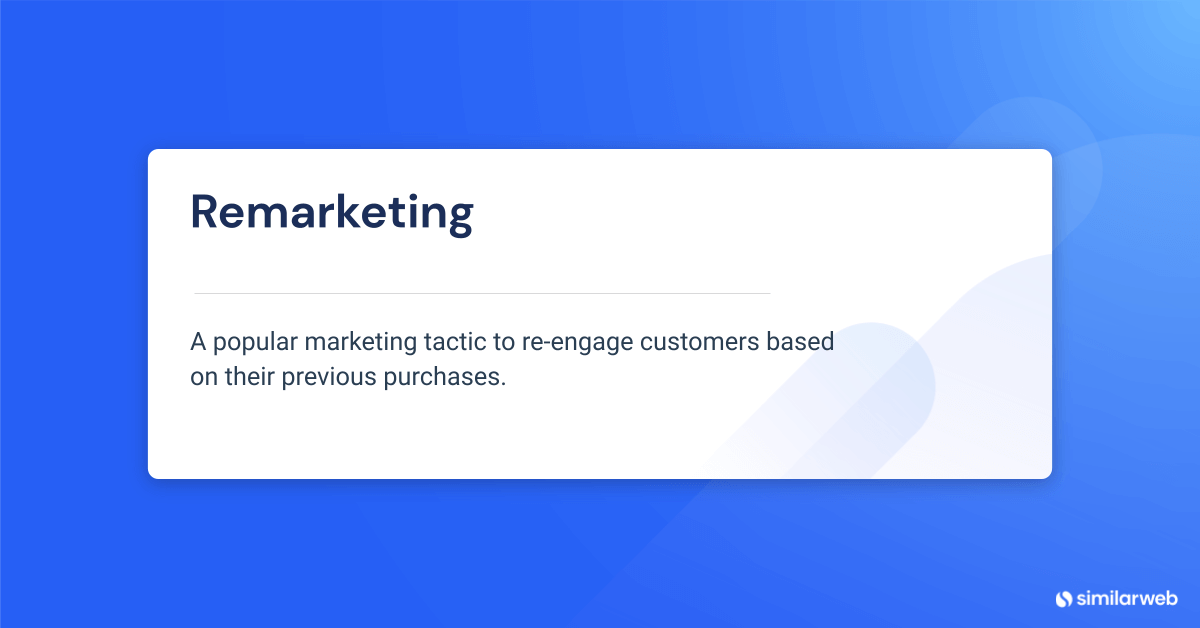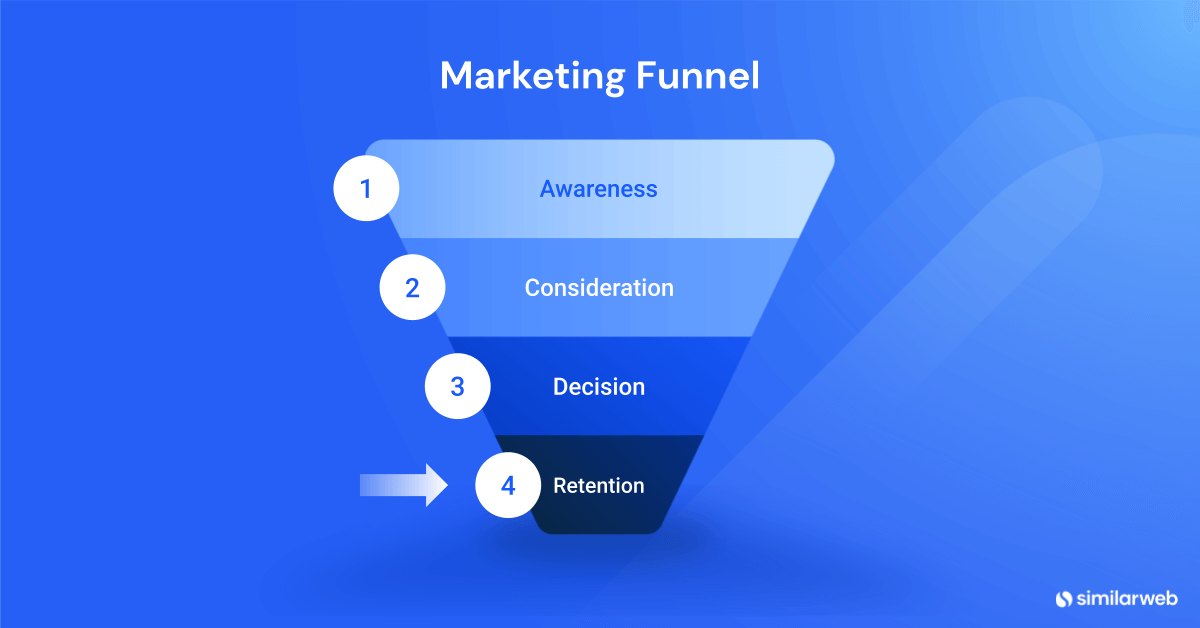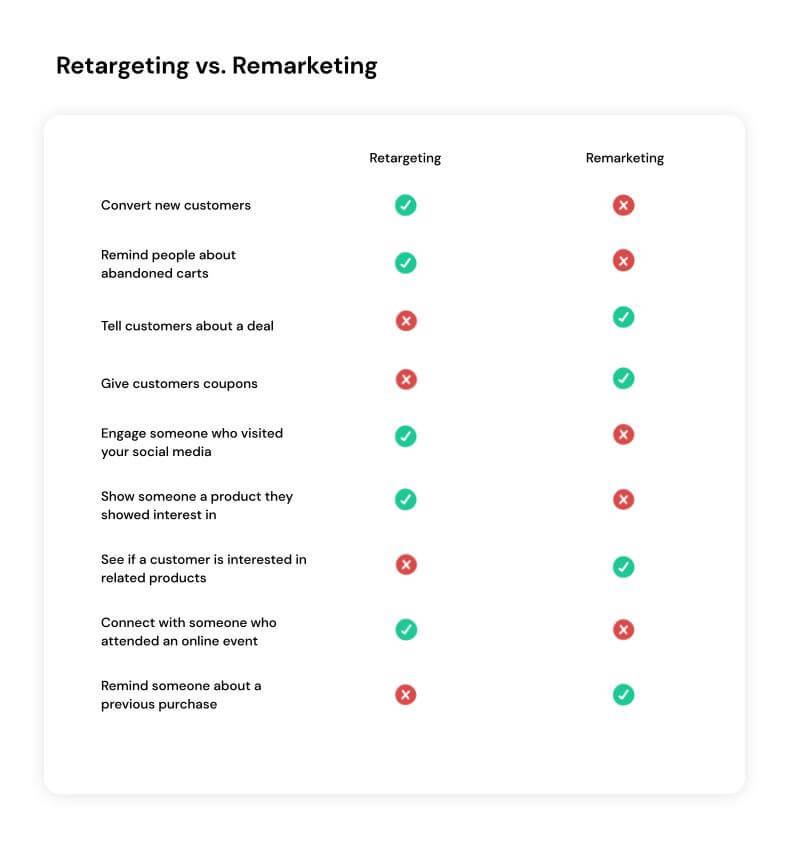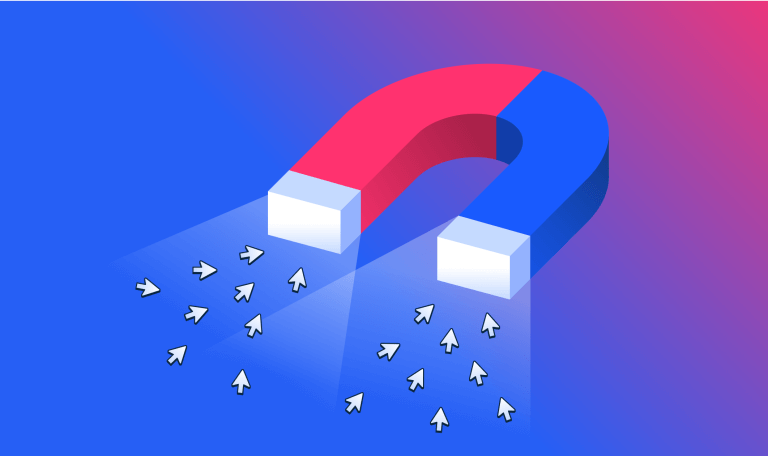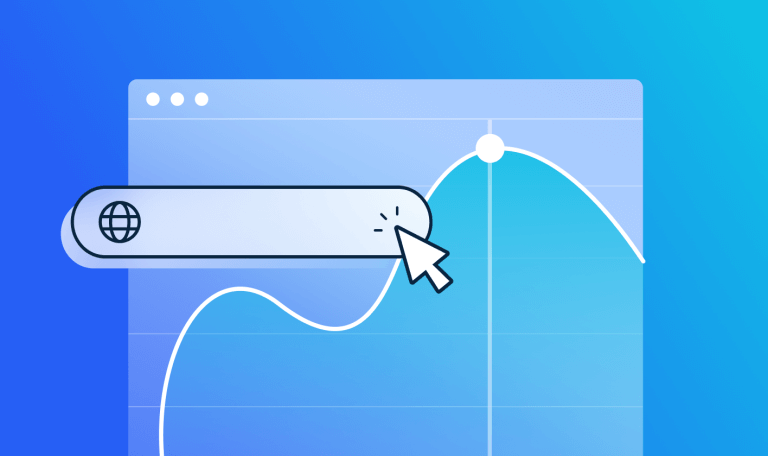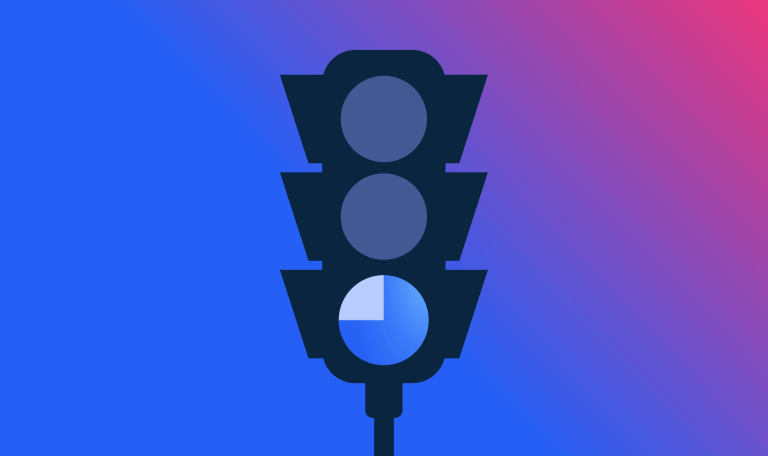Retargeting vs. Remarketing: Which Should You Be Using?

Have you ever scrolled through Facebook and saw an ad for a product you were just looking at on another website?
This is a classic example of retargeting, which should not be confused with remarketing. While retargeting re-engages people who already visited their social profiles or websites, remarketing focuses on re-engaging past customers – often with email.
While these two marketing strategies have similar goals (to get you to click through and buy), they’re very different techniques and tactics.
Your digital marketing strategy should include both retargeting and remarketing to effectively segment, and engage potential and existing customers and lead them through your sales funnel.
So let’s jump into exactly what these strategies are and how you should incorporate them into your overall marketing strategy and increase conversions.
What is retargeting?
Retargeting is about re-engaging someone who interacted with your brand online without making a purchase. In fact, only 2% of web traffic converts during the first interaction. If you want to reach the other 98% of people in your target audience, you need a retargeting strategy.
Retargeting works by adding cookies to your website. When someone visits your website, the cookies automatically capture data about the person and their actions. This means you’ll know which products the person viewed, when they dropped off your website, and whether they abandoned items in their shopping cart.
Read More: 4 Tips to Conquer a Cookieless Future
Now, even though this person did not make a purchase, you know they are interested in your products. It’s time to create specific PPC ads on Google or Facebook to target this person and re-engage them. Your ad could include an image of one of the products the person viewed and the ad text could be tailored to the situation. Your ad copy might be “Still interested in this dress?” or “Remember this?”
You could also retarget people who interacted with your social media, display ads, or other online ads you ran. Let’s say someone viewed your Facebook page, or clicked on your ad in their newsfeed. You can create segmented campaigns for an entire audience that behaved in the same way.
If you recently hosted a Facebook Live where you talked about the benefits of a specific product, you can create a specific campaign targeting viewers of your online event.
To target people who clicked on your previous PPC ad campaigns, add pixels to your websites. Pixels track your site visitors, so you’ll know where your website visitors came from and be able to retarget them accordingly.
But won’t people be annoyed to see ads for something they didn’t want to purchase? No. In fact, 25% of online viewers said they were happy to see retargeted ads.
Maybe your potential customer wanted to buy that dress, but they didn’t have time or maybe didn’t have their credit card available. Or perhaps they were on the fence about buying it and one more ad will remind them they want it. Without retargeting campaigns, only 8% of these potential customers will return.
But when they see the ad again or a new ad for the product, they are more likely to click. A retargeted ad gives them another chance to purchase something they want. Customers who see retargeted ads are 70% more likely to convert.
In short, retargeting is all about bringing someone who may have dropped out back into your sales funnel. After they’ve entered your content marketing funnel, discovered your company, and showed interest, if they don’t move to the next stage, you increase their awareness of your brand.
Retargeting is often confused with remarketing. Much of the confusion is caused by Google, which incorrectly refers to remarketing as targeting people who previously visited your website via PPC ads.
If you are using Google ads to retarget potential customers, you can add a remarketing tag so that people who clicked on previous ads will see new retargeted ads on Google.
What is remarketing?
Remarketing is when you take action to re-engage customers based on their previous purchases. This is an important part of a customer retention strategy and is often done through email marketing.
You could send a monthly newsletter to tell people on your email list about what’s going on with your company. You could also send emails to tell your customers about sales or deals on products related to their past purchases.
Let’s say you have a website selling baby products. Someone who bought diapers may be interested in buying more diapers in the future. Or they may be interested in buying baby wipes, or formula. You could email these customers to tell them about diaper sales (who wouldn’t love that?) or tell them about a new product you now offer. If a customer hasn’t made a new purchase in a while, you can offer a coupon or another incentive.
In regards to your sales funnel, remarketing is about bringing back people who already completed your funnel. After making a purchase, you want to keep up their interest and engagement with your company.
Most customers enjoy getting deals and reminders about things they’re interested in and may want to purchase anyway.
In a recent eMarketer survey, 81% of customers said they were likely to make a purchase from remarketing emails. Because you know what these people previously purchased, you can customize your emails to them. Customized emails have been shown to increase revenues by 760%.
Remarketing is a great way to use content marketing to stay in touch with your current and past customers and remind them about why they purchased from you in the first place. You’re also giving them new opportunities to purchase your products.
When should you use retargeting vs. remarketing?
Let’s summarize the difference between remarketing and retargeting and when you should use each.
Retargeting vs. remarketing: Which do you need?
Both!
Now you know the difference between remarketing and retargeting so you know shouldn’t choose between one or the other. You need both in your marketing campaigns because both are important strategies to engage with current customers and potential customers while keeping your company at the forefront of their minds.
Like with every part of your digital marketing strategy, you’ll need to analyze your retargeting and remarketing efforts. This means calculating your PPC conversion rates and optimizing your campaigns based on the data you acquire.
Remember that these campaigns cannot be compared with your other PPC efforts because retargeting and remarketing generally have much higher conversion rates.
Once you get your retargeting and remarketing campaigns going, you’re sure to see your sales soar. If you need any help along the way, read Similarweb’s PPC & SEM blog for tips throughout the process.
FAQs
Is remarketing the same as retargeting?
Retargeting re-engages people who already visited a website, whereas remarketing focuses on re-engaging past customers.
What is an example of retargeting?
An example of retargeting is creating specific ads on Google or Facebook to target specific groups of people who visited a certain site and showed interest in products without purchasing.
Why is remarketing used?
Remarketing is used to re-engage customers and to keep up their engagement with a company.
The #1 PPC tool - get started
Give it a try or talk to our marketing team — don’t worry, it’s free!
